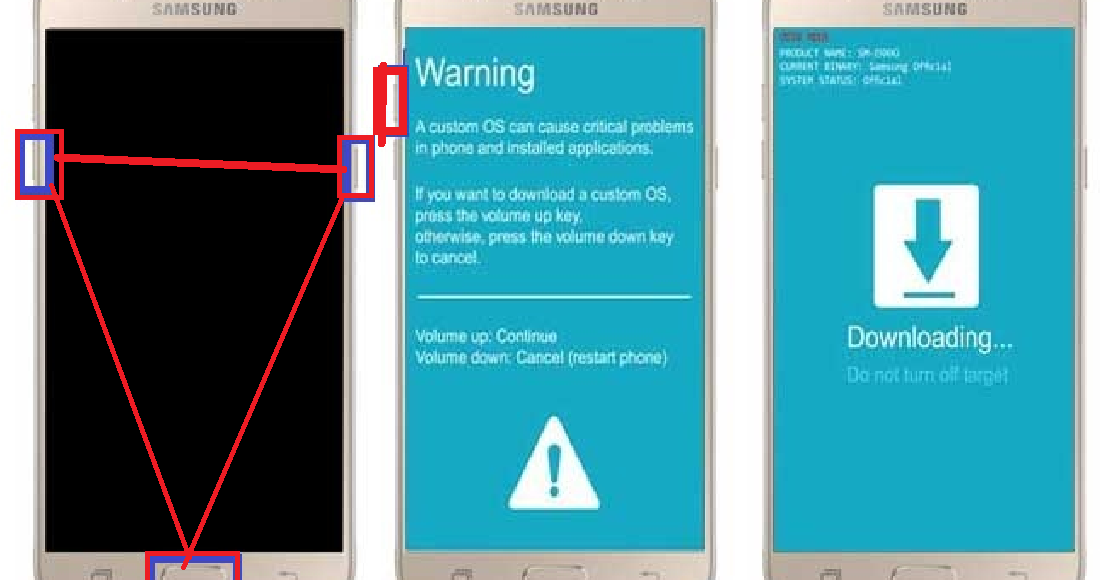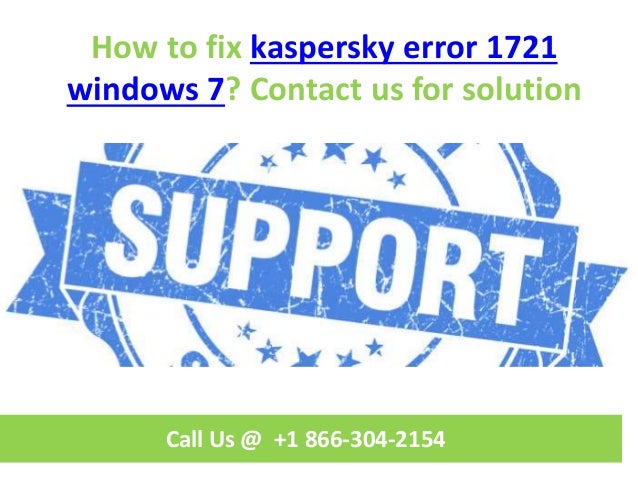

These problems are non-convex, and two algorithms are proposed to solve them. Consequently, robust optimization problems are formulated considering the multiple access and broadcasting stages of the D2D communication. The channel estimation errors are assumed with Gaussian Markov uncertainty model. The channel state information of the device-to-eavesdropper and relay-to-eavesdropper channels is imperfect at the devices and relay. The beamforming design is based on minimizing mean square error of the D2D communication while employing signal-to-interference-plus-noise ratio (SINR) threshold constraints to prevent possible eavesdropping. The devices communicate via a trusted relay which performs physical layer network coding (PNC), and multiple eavesdroppers are trying to intercept the device information. This paper presents a secure beamforming design to prevent eavesdropping on multiple-input multiple-output (MIMO) device-to-device (D2D) communication. The performance of the four schemes is investigated by means of analysis and simulation, assuming symbol-level synchronization only. For each of PNCF and PNCI, we consider two specific estimation techniques for dealing with noise in the mapping process. Based on this definition, PNC can be further sub-classed into two categories - PNCF (PNC over finite field) and PNCI (PNC over infinite field) - according to whether the network-code field (or groups, rings) adopted is finite or infinite. Specifically, in PNC, a relay node does not decode the source information from the two ends separately, but rather directly maps the combined signals received simultaneously to a signal to be relayed. This paper proposes a precise definition for PNC. In a two-way relay network, relay nodes are used to relay two-way information flows between pairs of end nodes. Direct application of network coding at the physical layer - physical layer network coding (PNC) - is a promising technique for two-way relay wireless networks. This entry was posted in Communications and tagged cluster, complete, error, microsoft, ports, problem, registry. Save the time and trouble, and get an expert to perform the necessary changes to the registry.
#ERROR 1721 CODESOFT PROFESSIONAL#
Making a mistake in the modifications could create other issues that would require a professional to resolve. Ideally, persons who are well versed in computer configuration should take care of modifying the registry.

One thing to keep in mind is that reconfiguring a registry can be a tricky task. Microsoft provides step by step procedures to accomplish the modifications. In order to correct the situation, there will be the need to modify the registry. There may also be a need to consider that other services make use of DCOM ports that may inhibit the ability to make use of the minimum number of ports. One place to check for restrictions on the available ports is in the MSMQ, or Microsoft Message Queuing.

Along with the failure to issue the request using quotation marks, there may also be some restriction on the available port ranges when the program was originally installed. This creates a problem with the available IP ports that would be used to establish a communication through the remote procedure call, especially if there are less than a hundred ports available to process the communication flow. One possible reason for the error is that you did not enter the parameter with quotation marks, so the command could not be read as a complete phrase for the search. When you use the Cluster Administrator to connect to a cluster, an error will occur if the proper parameters are not specified. The general text of Error 1721 is the following: “not enough resources are available to complete this operation.”

Error 1721 is a Microsoft error that is sometimes generated when you attempt to use an executable file called Cluster Administrator.


 0 kommentar(er)
0 kommentar(er)
